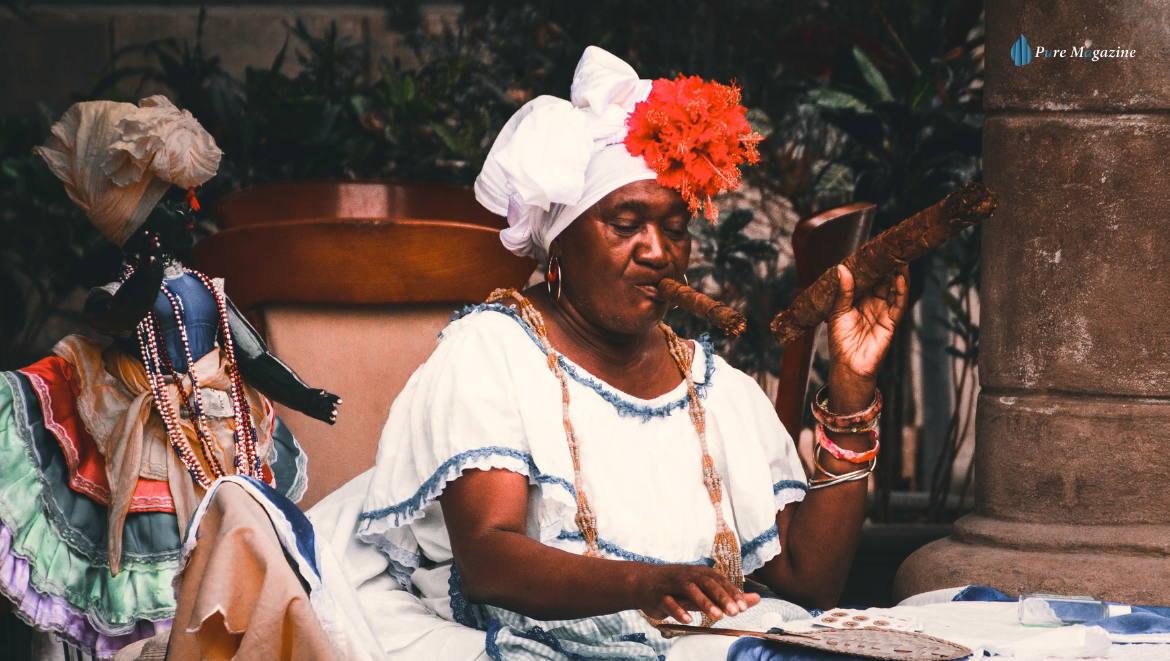So, here’s the thing. Deep in the Amazon, some tribes have been using this stuff called rapé for centuries. And no, it’s not just “tobacco.” At first glance, it looks like a fine powder—kinda like dust, honestly—but to the people who actually use it, it’s totally sacred. Yep, it’s serious business.
Rapé (pronounced ha-peh) comes from Nicotiana rustica, a super strong tobacco plant. Sometimes they mix in ash from special trees or herbs—each one picked for a reason. And nope, it’s not something to just, you know, try for fun. This stuff is ceremonial, used in rituals, guided by shamans who have been doing this for generations.
Where Rapé Comes From
The word “rapé” is French, meaning snuff. And before anyone freaks out about spelling, it’s got nothing to do with that other word in English—totally different thing.
Traditionally, shamans use rapé in ceremonies to help people focus, feel grounded, or release emotions they didn’t even know they were holding onto. People sit in a circle, breathe, and a shaman gently blows the powder into their nostrils using a tiny tube called a tepi.
The goal? Not to get high. Not to feel “weird.” It’s more like a reset button for the mind and body. Some say it’s kinda intense the first time, yep, but in a good way.
Making Rapé Is an Art
Making rapé isn’t just tossing leaves in a grinder. Nah, it’s deliberate. Leaves are harvested, dried, and crushed into a fine powder. Ash from certain trees or herbs might get added, depending on the tribe. Each group has its own little secrets.
And honestly, part of the magic is in the prep. Every step is careful, intentional. Even putting it into the tiny tepi tubes is done with respect. It’s basically like the powder itself carries centuries of tradition.
The Ceremony
Rapé ceremonies aren’t flashy. No loud music, no Instagram-worthy moments. People sit quietly. Sometimes the shaman chants, sometimes it’s dead silent. Then comes the powder.
What usually happens? A few things:
- Grounding: you actually feel like you’re “here” for once
- Mental clarity: thoughts feel sharper, less foggy
- Emotional release: yep, old feelings might pop up outta nowhere
Some folks cry, some folks just sit there feeling… calm. Either way, it’s an experience. And honestly, it can catch you off guard—like, whoa, this is different than anything else.
Rapé Today
Believe it or not, rapé has made its way out of the Amazon and into wellness retreats around the world. People use it for meditation, emotional clarity, or just to “reset” their brain. But here’s the catch: it only works if you treat it with respect.
Cheap powder bought online? Yeah, probably won’t give the same effect. And using it casually? Big nope. It’s a ceremonial tool, not a party trick.
Effects and Side Stuff
Rapé hits differently for everyone. Some common things people notice:
- Thoughts feel more organized
- Emotions come up and flow out
- You feel super present, like finally in your own body
Side effects are usually mild: sneezing, a little dizziness, maybe nausea. And yeah, if someone has heart or breathing issues, they should be careful. Always better to have someone who actually knows what they’re doing.
Respect the Tradition
Here’s the big takeaway: rapé is more than a powder. It’s a cultural ritual that’s been preserved for hundreds of years. Using it casually or without guidance is… well, it’s just missing the point. The power comes from intention, ceremony, and respect.
FAQs
Q1. What does rapé mean in English?
Rapé (pronounced ha-peh) comes from the French word for “snuff,” but in South American traditions it refers to a sacred powder made from strong tobacco and medicinal plants. In English, it’s best understood as a ceremonial tobacco used for grounding, mental clarity, and spiritual rituals—not just ordinary tobacco.
Q2. What is a rapé ceremony?
A rapé ceremony is a traditional Amazonian ritual where a shaman blows the finely ground tobacco mixture into a participant’s nostrils using a pipe called a tepi. The ceremony is meant to clear the mind, release emotions, and help people feel deeply present. It’s not recreational—it’s spiritual and intentional.
Q3. Is rapé bad for you?
Rapé is generally safe when prepared traditionally and used under guidance. Common short-term effects include sneezing, watery eyes, mild dizziness, or nausea. However, it should be avoided by people with heart or respiratory issues. Like any sacred plant medicine, the risks are low when used respectfully and responsibly.
Q4. What are the side effects of rapé tobacco?
Side effects vary but are usually temporary. They may include sneezing, nasal irritation, dizziness, nausea, or emotional intensity as old feelings surface. These reactions are considered part of the cleansing process in ceremonies. Long-term side effects are not well studied, so rapé should never be misused or overused.
The Bottom Line
Rapé isn’t just “powdered tobacco.” It’s a tool for clarity, grounding, and reflection. People who approach it thoughtfully often feel more present, more balanced, and oddly enough, more connected to something way bigger than themselves.
So yeah, if someone ever offers to show you rapé, remember: it’s not a trend, it’s not a gimmick. It’s tradition, it’s ritual, it’s centuries of human experience in a tiny powder. And if it hits right, it just might change the way someone experiences themselves for a little while.
Visit: Pure Magazine

